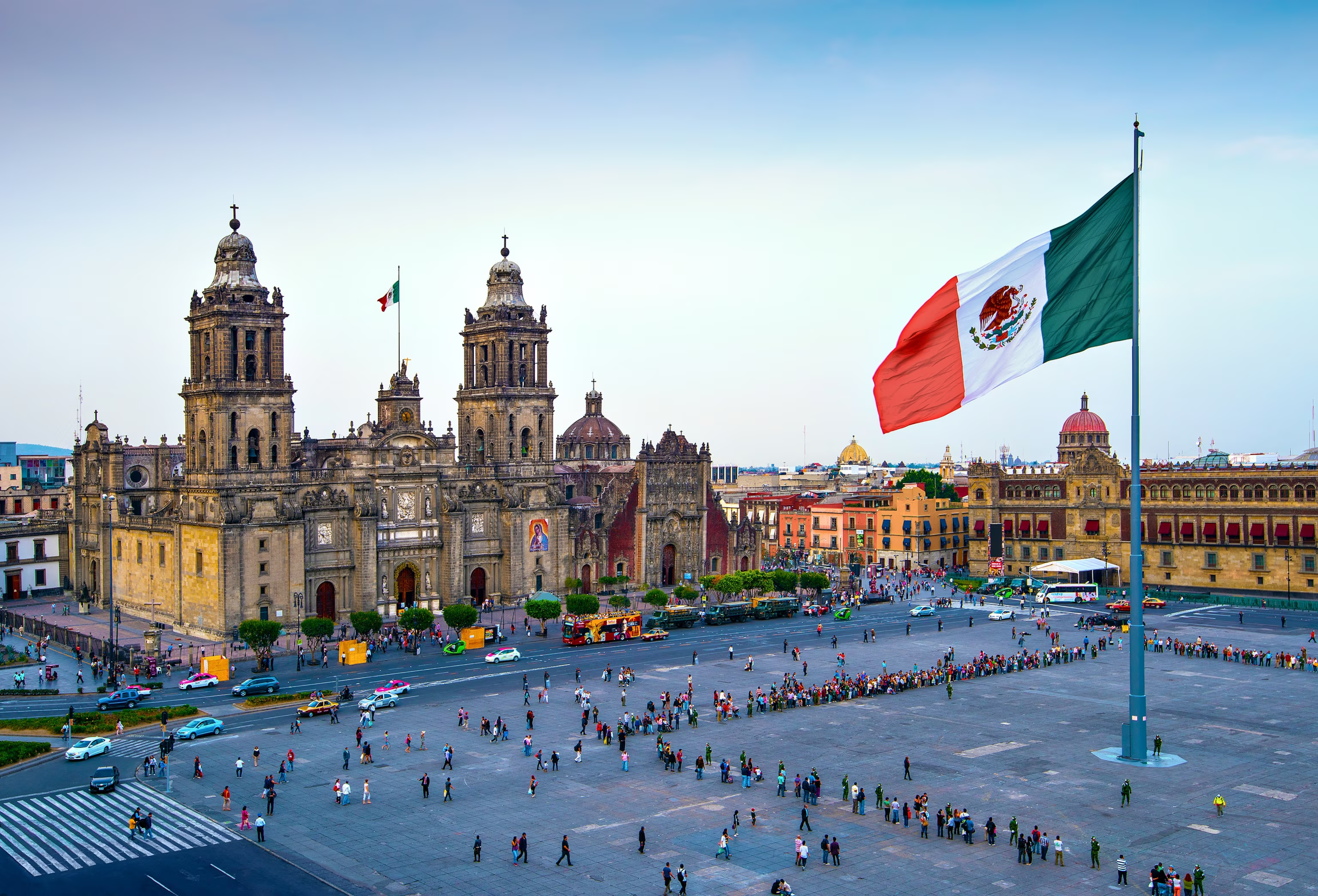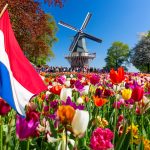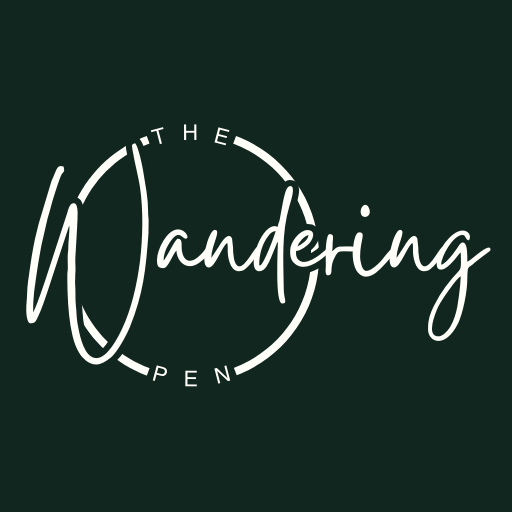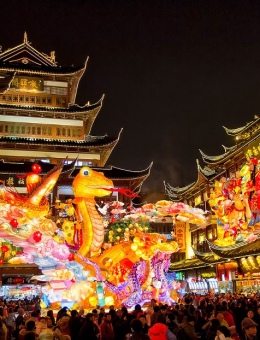Switzerland is famed for its majestic Alps and storybook towns—an enduring dream destination for many travelers. Its stunning natural scenery paired with refined culture makes it one of Europe’s premier countries to visit. To enjoy your trip to the fullest, it helps to equip yourself with practical Switzerland travel know-how.
Let’s explore the unique charms of Switzerland and gather the essentials for a smooth, memorable journey.
Switzerland, the Heart of Europe

1. Switzerland Travel Essentials
Switzerland captivates at first sight with the grandeur of the Alps and its timeworn towns. To make the most of your trip, preparation matters—understanding a few basics will keep things smooth and stress-free.
1.1. Geography
Nestled within the Alps, Switzerland is defined by mountainous terrain that shapes its dramatic landscapes. Despite its compact size, it borders several European nations: Austria and Liechtenstein to the east, France to the west, Italy to the south, and Germany to the north. This unique topography gifts Switzerland with soaring peaks, lush valleys, and crystal-clear lakes—ideal for lovers of the outdoors.
1.2. Currency
The Swiss franc (CHF) is the official currency and is widely used across the country. While the euro may be accepted in some places, it’s best to carry Swiss francs for easier spending and smoother payments.
1.3. Languages
Thanks to its borders and history, Switzerland is a crossroads of four major European language spheres. There isn’t a single nationwide “official language”; instead, different regions use French, German, Italian, or Romansh.
1.4. Visa
Switzerland is politically independent and not a member of the European Union, yet it is part of the 26-country Schengen Area. Travelers typically enter with a Schengen visa. Stays are commonly permitted for up to about 30–45 days, and fees are approximately €60. Prepare your documents one to two months in advance of departure to keep your itinerary on track.
2. Best Time to Visit Switzerland
Switzerland is gorgeous year-round. Each season brings a distinct mood—from snow-draped valleys to meadows bursting with flowers. You can visit any time, but it’s helpful to think in terms of peak, shoulder, and low seasons. Each period offers unique experiences.
2.1. Peak Season
July and August bring warm weather, perfect for sightseeing and village walks. Visit then and you may catch the dazzling fireworks for Swiss National Day on August 1. Note that demand is high during these months and prices tend to rise—book well in advance to avoid sold-out rooms and unexpected costs.
2.2. Shoulder Season
April to June and September are excellent for a calmer pace. With fewer visitors, you can savor Switzerland’s scenery in a more tranquil atmosphere.
2.3. Low Season
From October to March, Switzerland slips into a quieter phase between sun-splashed summer and lively winter ski months. It’s ideal for snow sports and peaceful escapes. Some mountain attractions may pause or reduce hours, so check schedules when planning.
4. Getting Around Switzerland
4.1. From Zurich Airport to the City Center
- Taxi: Taxis operate around the clock. The ride to central Zurich takes about 15 minutes and typically costs roughly €40–€60.
- Train: Frequent trains connect the airport to the main city station in about 15 minutes.
- Tram: Tram line 10 runs from the airport to the city center in approximately 35 minutes.
4.2. Within Cities
Switzerland’s public transport is modern, reliable, and safe, with multiple options to reach sights across town.
- Trains: The backbone of mobility for residents and visitors alike.
- Buses: Extend coverage to areas not served by trains or trams; most vehicles have air-conditioning and Wi-Fi.
- Shared mobility: Many larger cities offer public bike and car-share services for flexible urban exploring.
5. Where to Stay & What to Eat
5.1. Accommodation
As one of Europe’s pricier destinations, lodging in Switzerland can be costly—especially in peak season. Independent travelers, however, will find a range of options, from classic hotels to guesthouses and homestays. Booking in advance helps secure better availability and rates.
Here are example areas and hotel names often praised for service quality (for reference only):
- Montreux: La Rouvenaz, Splendid, Tralala Hotel Montreux
- Lucerne: The Tourist City & River Hotel Luzern, Château Gütsch, Cascada Swiss Quality
- Zermatt: Zermatt Youth, Romantik Hotel Julen Superior, Bahnhof
- Zurich: Zurich Design & Lifestyle, Hotel Felix, Central Plaza
- Geneva & nearby: Nyon, Genève Petit-Lancy
- Bern: Youth Hostel, Bern Backpackers
5.2. Swiss Dishes to Try
- Rösti: A classic potato specialty—crispy on the outside, tender within. Often made with grated potatoes and paired with cheese, apple, or onion.
- Zürcher Geschnetzeltes: A Zurich favorite of sliced veal in a creamy sauce with onion, white wine, and mushrooms.
- Cheese fondue: Silky melted cheese enriched with white wine, garlic, and a touch of starch—perfect for sharing on a cold day.
6. Cities & Landscapes Worth Seeing
6.1. Major Cities
Bern
Switzerland’s tranquil capital sits along the graceful Aare River. Its beautifully preserved Old Town is a UNESCO World Heritage Site, celebrated for arcaded streets and medieval towers. Notable stops include the Federal Palace, the riverfront, and the Bear Park.
Geneva
Switzerland’s third-largest city rests in the south-west and blends cosmopolitan flair with lakeside calm. With more than twenty parks and sweeping natural views, Geneva is a delightfully peaceful base. The most pleasant months to visit are July through September.
Zurich
Zurich is the country’s largest city and a marquee destination. Expect a tapestry of lakeside scenery and standout medieval and Renaissance architecture. Thanks to its mild climate, Zurich is enjoyable year-round, each season revealing a different mood.
6.2. Great Outdoors
Zermatt & the Matterhorn
In the southern Alps, the village of Zermatt sits beneath the iconic Matterhorn. Whether winter or summer, the area feels fairytale-like—wooden chalets, mountain air, and views that stop you in your tracks. Winter brings skiing, mountaineering, and scenic hikes; fair-weather months are perfect for trails and viewpoints.
 Bernese Oberland & Jungfrau
Bernese Oberland & Jungfrau
Jungfrau, often called the “Top of Europe,” rises over the Bernese Oberland in remote, glaciated splendor. Trips commonly start in Interlaken, a serene town set between Lake Thun and Lake Brienz. With glassy waters and alpine backdrops, it’s an ideal base before heading higher into the mountains.
Montreux & the Swiss Riviera

French-speaking Montreux, in the country’s south-west, is famed for its lakeside promenades and floral displays. Don’t miss Château de Chillon, a lakeside fortress that anchors the Swiss Riviera’s romantic skyline.



 Bernese Oberland & Jungfrau
Bernese Oberland & Jungfrau







